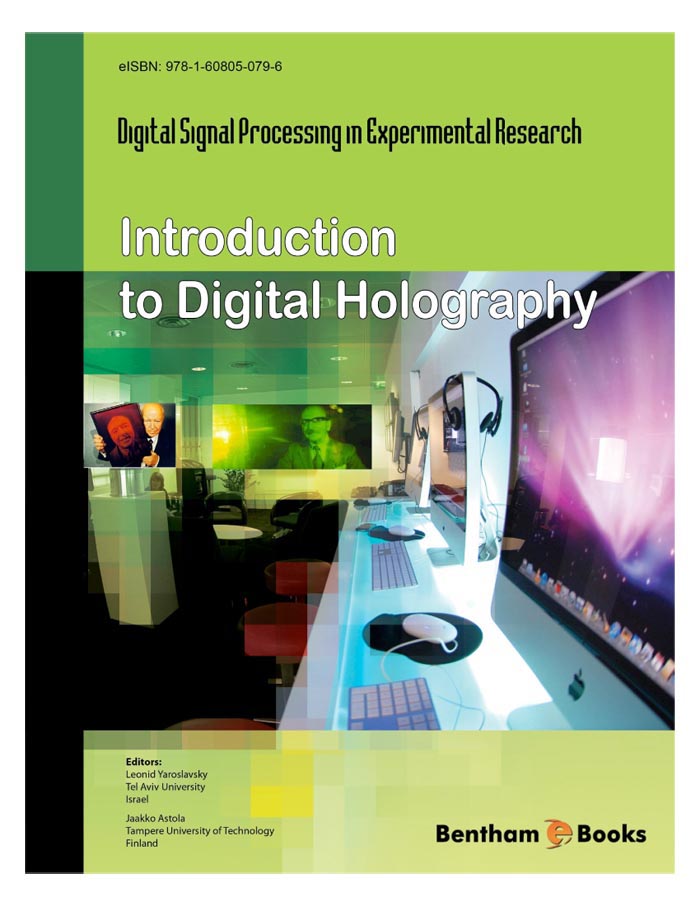Introduction
This eBook is a collection of comprehensive and cutting edge book articles written by leading experts on digital signal and image processing in general, and specifically book written by one of pioneers of digital holography, one of the foremost branches of the image sciences and modern information technology. It covers all the basic aspects of digital synthesis and numerical reconstruction of holograms, beginning from digital holographic transforms, going on to fast numerical algorithms for reconstruction of digitally recorded holograms, and then to computer generated holograms and their applications in hybrid digital-optical image processing and 3D visualization and communication. It also offers a comprehensive review of image digital processing methods most relevant to digital holography. The volume appears at an appropriate time, i.e. while the field of optics is mutating from micro to nano and advanced optical technologies are becoming digital. It is written for researchers and advanced graduate and PhD students in the field of optics, photonics, electrical engineering, and biomedical engineering and related branches of experimental physics and natural sciences and should prove to be of great value to them. It can also be used as a text book for one-semester course.

